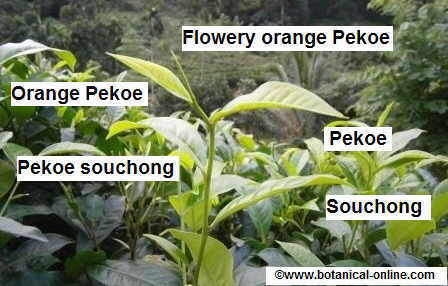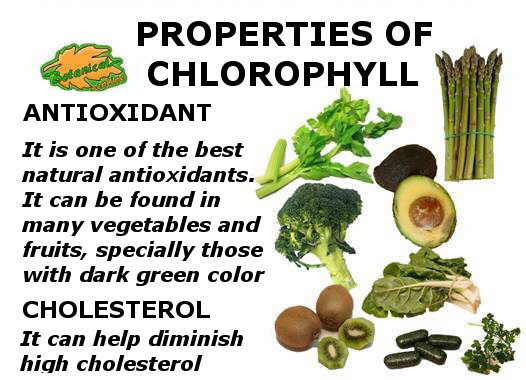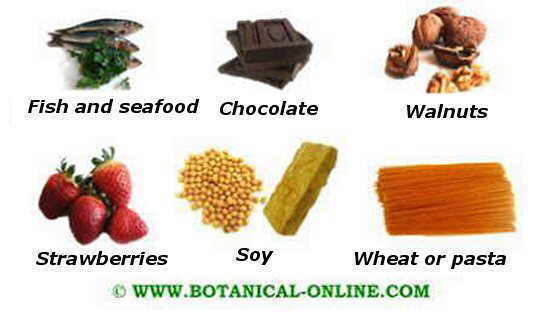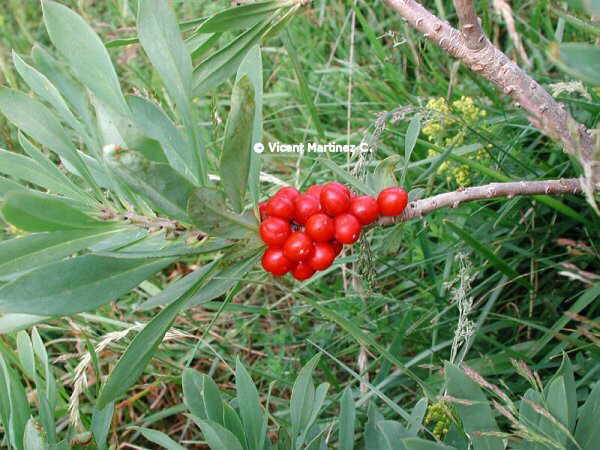Contents
Bone loss diet
WHAT IS A DECALCIFYING DIET?
What are the foods that make you loose bone?
Some foods contain more phosphorus than calcium, that’s to say, they have a Calcium-Phosphorus ratio with values below 0.7. Therefore, they have to be considered decalcifying.
How to calculate the Calcium-Phosphorus ratio?
This relationship can be readily calculated. The calcium content of the food must be divided by the phosphorus content of the food
For example, almonds, having a content of calcium (Ca) of 248 mg and a content of phosphorus (P) of 474 mg. Therefore, the Ca / P = 0.52, so they are decalcifying.
This does not mean we can not eat almonds because they are decalcifying, or that they are unhealthy because they are the second nut with more calcium content. What it means is that, any healthy diet should be balanced and contain the maximum possible variety of foods.
When controlling decalcifying food intake?
A diet too rich in foods rich in phosphorus, without the necessary input of calcium, may be a risk factor that could eventually harm our body due to lack of calcium such an excess of phosphorus.
Phosphorus is vital and beneficial for a variety of reactions in our body. It is essential for proper functioning, especially in the brain, for regulating heart rhythm, controlling muscle contraction, for the formation of bones and teeth, repairing tissue, the metabolism of proteins, fats and carbohydrates and energy production,… It is essential in growth phases, to allow an appropriate development.
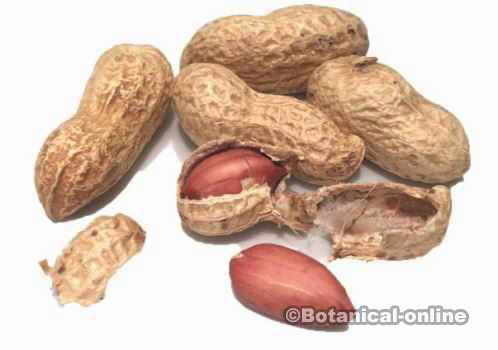 Peanuts are very decalcifying because they contain much more phosphorus than calcium. Their relationship Calcium-Phosphorus has a value of 0,15, that is to say less than 0,7
Peanuts are very decalcifying because they contain much more phosphorus than calcium. Their relationship Calcium-Phosphorus has a value of 0,15, that is to say less than 0,7Should we remove phosphorus from out diet?
Obviously, there are situations where we should control the intake of phosphorus (NEVER remove it !!!) although we should quantify it and ensure that the relationship Ca / P of our food is calcifying).
As an example, in case of developing diseases such as:
- Osteopenia: decreased bone density, a possible pre osteoporosis
- Osteoporosis : severe decrease in bone density, increased fragility and fracture risk
- Osteomalacia : lack of vitamin D responsible for establishing the calcium in the bone, bone weakening, etc
List of decalcifying food
In the following list, we will see foods that have a ratio of calcium and phosphorus less than 0.7 and, therefore, they are considered decalcifying.
This does not mean that such foods can not contain much calcium. What it means is that they have more phosphorus than calcium (In fact, they contain a large amount of both minerals, but they really have more phosphorus than calcium).
If Calcium-Phosphorus relationship has a value between 0.7 and 1, food containing this relation is considered calcifying, but, it its considered decalcifying if its phosphorus content is greater than its calcium content. (relationship Calcium-Phosphorus with a value lower than 0.7,)
Among the following decalcifying foods, we will find many of plant origin, such as fruits and vegetables, but we also find some animal products, such as dairy products and oily fish.
| Vegetable food | Decalcifying Ca/P>0.7 |
| Pears | 0.69 |
| Ginger | 0.69 |
| Hazel nut | 0.68 |
| Apple | 0.66 |
| Cucumber | 0.65 |
| Elder | 0.64 |
| Onion | 0.64 |
| Eppplant | 0.6 |
| Quince | 0.57 |
| Almond | 0.55 |
| khaki | 0.5 |
| Dairy products | Decalcifying Ca/P>0.7 |
| Fresh cheese | 0.63 |
| Blue fish | Decalcifying Ca/P>0.7 |
| Salmon | 0.04 |
| Vegetable food | Decalcifying Ca/P>0.7 |
| Pumpkins | 0.5 |
| Tomatoes | 0.48 |
| Asparagus | 0.47 |
| Brussels sprouts | 0.45 |
| Soy | 0.44 |
| Artichoke | 0.4 |
| Peach | 0.38 |
| Pepper | 0.38 |
| Custard apple | 0.37 |
| Grenada | 0.37 |
| Chestnut | 0.37 |
| Dairy products | Decalcifying Ca/P>0.7 |
| Soft cheese | 0.57 |
| White fish | Decalcifying Ca/P>0.7 |
| Cod | 0.12 |
| Vegetable food | Decalcifying Ca/P>0.7 |
| Cauliflower | 0.3 |
| Bananas | 0.29 |
| Melon | 0.28 |
| Garlic | 0.28 |
| Pistachio | 0.26 |
| avocado | 0.26 |
| Chickpea | 0.25 |
| White bean | 0.24 |
| Walnut | 0.21 |
| Lupin | 0.2 |
| Brasil nut | 0.19 |
| Dairy products | Decalcifying Ca/P>0.7 |
| Spread cheese | 0.57 |
| Eggs | Decalcifying Ca/P>0.7 |
| Eggs | 0.26 |
| Vegetable food | Decalcifying Ca/P>0.7 |
| Potato | 0.18 |
| Lentils | 0.17 |
| Nectarine | 0.16 |
| Sunflower seeds | 0.16 |
| Peas | 0.15 |
| Peanut | 0.15 |
| Cereals (Wheat grain) | 0.1 |
| Cashew | 0.08 |
| Mushroom | 0.08 |
| Corn | 0.06 |
| Pine nut | 0.01 |
| Dairy products | Decalcifying Ca/P>0.7 |
| Processed Cheese | 0.39 |
| Meat | Decalcifying Ca/P>0.7 |
| Veal steak | 0.05 |
![]() More information on decalcifying diet.
More information on decalcifying diet.

